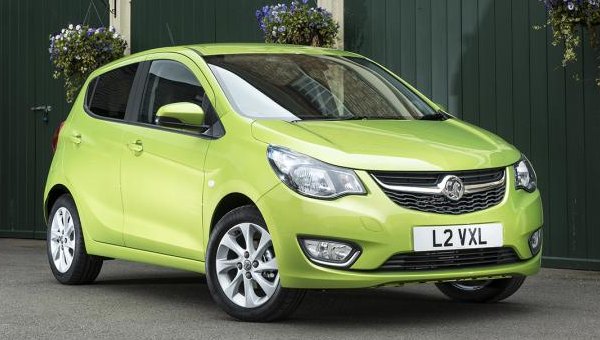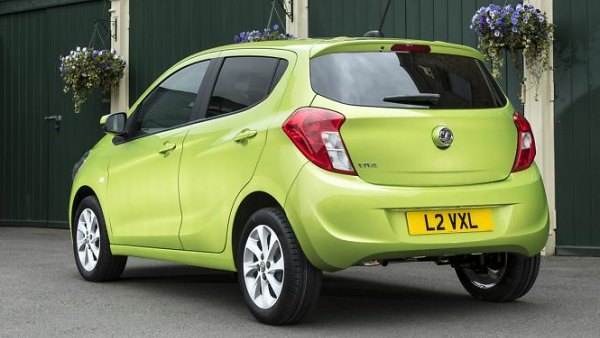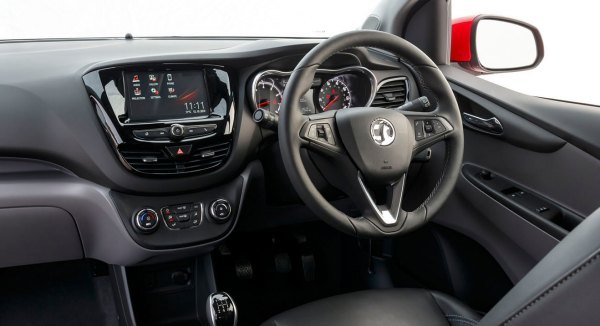Published
on 1
Jun 2015
|
All rights reserved.
|
|
|

|
Adam Opel had 5 sons, the
eldest of which was Carl. Carl was a good cyclist and a driving force
in the company’s participation in bicycle manufacturing. Later on,
together with his brothers he also drove Opel to enter automobile
manufacturing (Adam did not live long enough to see that day). Perhaps
unhappy that his contribution was largely ignored, Opel decided to name
its latest city car Karl. Of course, it sits under Adam in the product
family tree. In other words, it substitutes the Suzuki-built Agila as
the entry-level model of Opel. In the UK, it is called Vauxhall Viva
instead.
Sitting at the A-segment, Karl has a number of rivals to beat, such as
Fiat Panda, Volkswagen Up / Skoda Citigo / Seat Mii, Toyota Aygo /
Peugeot 108 / Citroen C1, Hyundai i10, Kia Picanto, Renault Twingo and
Suzuki Celerio. Some of these cars sell for style, niche or premium
quality, but the Opel is not. Because of the presence of Adam, it has
no option but to be basic and cheap. While it is not ugly, its exterior
design is not to be described as attractive. Rüsselsheim might
have a hand in its design, but the car is engineered by GM Korea and
built in South Korea, unlike the Adam which is a real Opel. It is a
conventional 5-door hatchback, and sized like most rivals – well, at
1604 mm, a bit taller perhaps. It sits on GM’s Gamma small car
platform. The next generation Chevrolet Spark, previewed in New York
motor show a couple of months ago, is another version of the car.

|
The Gamma is an old platform. Even though work has been done to improve
it, it is not going to be remarkable. The Karl’s biggest weakness is
lack of NVH suppression. Its ride is firm and quite crashy on rough
roads. Worse still, at higher speeds it transmits a lot of road noise
into the cabin, something should not be expected for a car destined to
Western Europe nowadays. Not only you need to raise your voice to talk
to passengers, long distance journeys could be tiresome. Nearly as
frustrating is the one and only one engine it offers. This 999 c.c.
3-cylinder petrol is derived from the advanced triple on Adam and
Corsa, but it is robbed of balancer shaft, direct injection and turbo.
75 hp maximum output is okay, but 70 lbft of max. torque is too low,
and it needs 4500 rpm to realize. The result is sluggish performance
and a lot of gearchanges to overtake on highway or go up incline. As a
result, the Karl is better to keep its usage within urban area. That
said, the engine is smooth and quiet enough, while the gearshift is
slick enough.
The Karl handles competently, if not remarkably. Body roll is well
checked thanks to the firm suspension. The steering is by no means
feelsome but accurate and well weighted. Push harder into corner and it
will understeer as most small cars do, but lift off throttle will
tighten its line a little. The ride, while harsh on poor surfaces,
improves markedly at speed. What a pity the road noise is so intrusive!

|
You won’t call the interior stylish or high-quality. All
plastics are hard and grey, but the optional infotainment system is
up-to-date. The steering wheel lacks adjustment for reach, but the
driver seat is adjustable enough to compensate. Space matches some of
the best in class. It is capable to accommodate 4 six-footers without
much complaint. The boot is a little small, but the rear seats can
split and fold to expand luggage space.
All in all, the Karl does not break any new ground. It is practical in
most areas, but the engine is weak, ride refinement is poor and the
whole car looks rather boring and characterless. Keen pricing should be
its key weapon, but that’s not enough to mask its weaknesses.
|
Verdict:   |
|